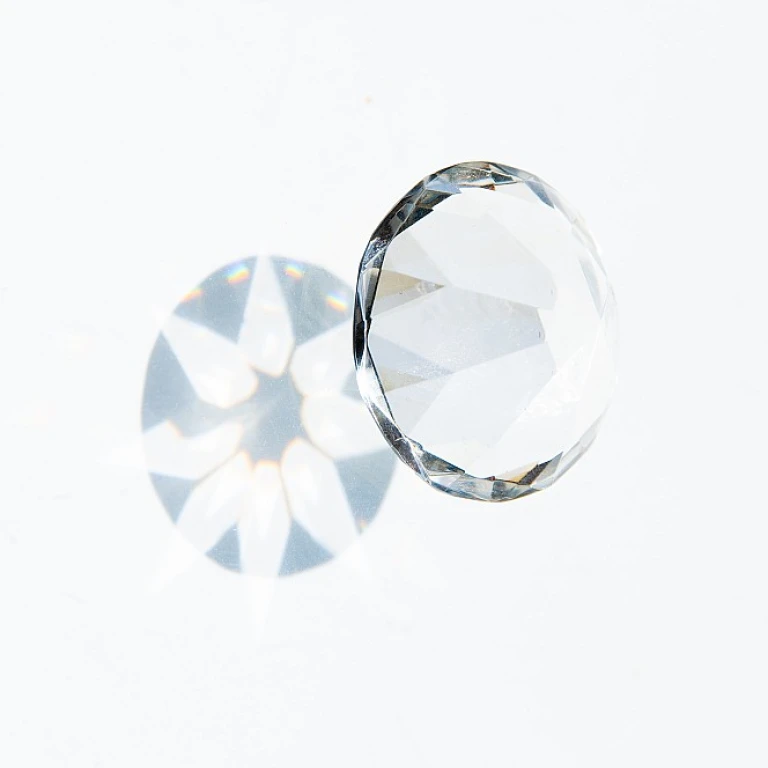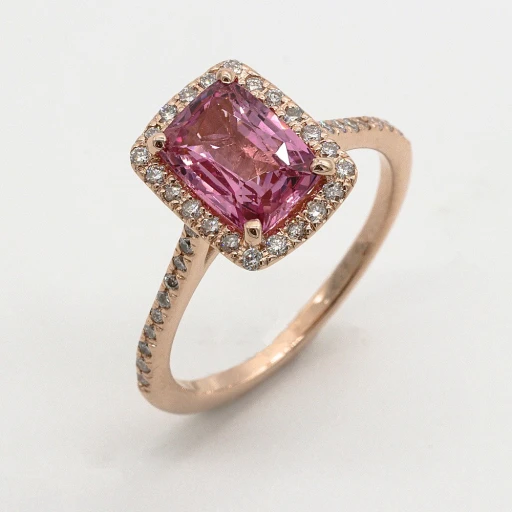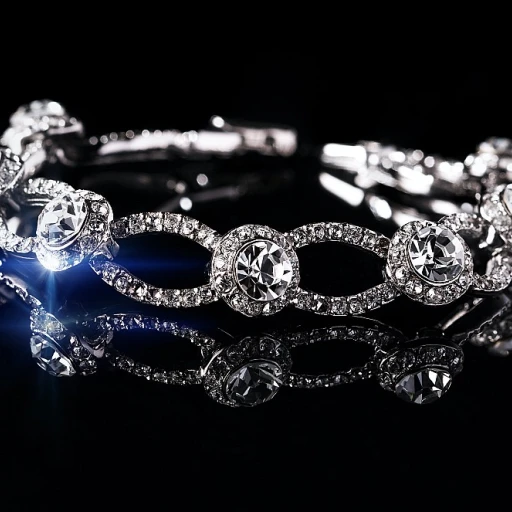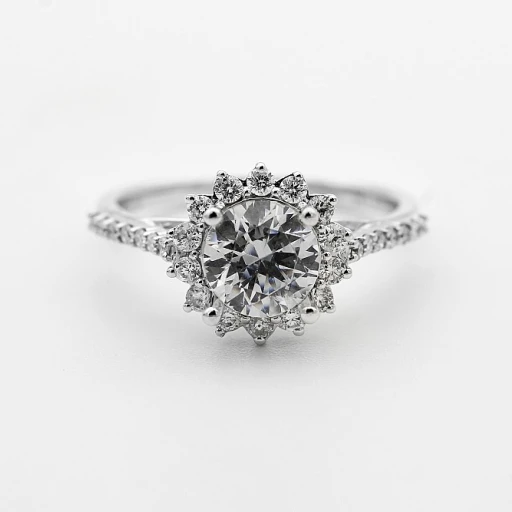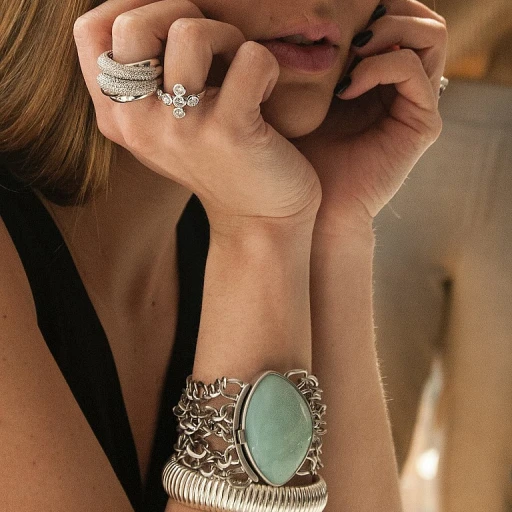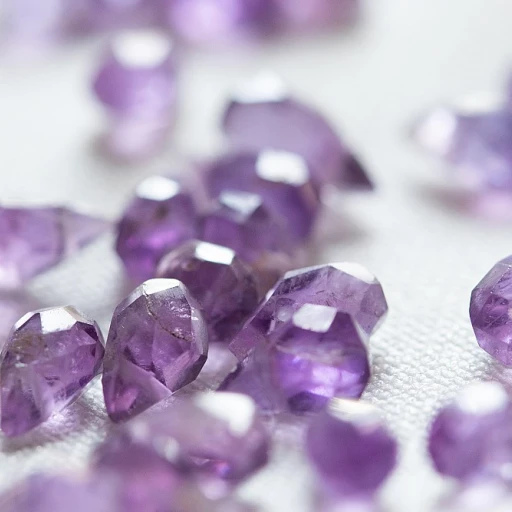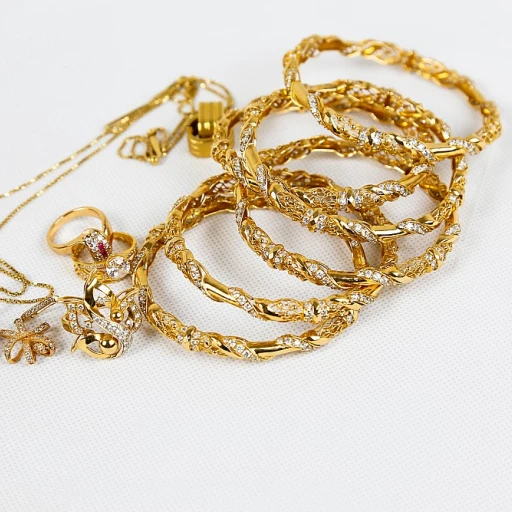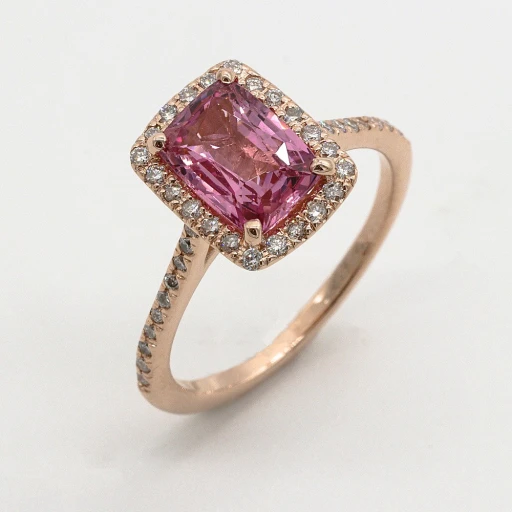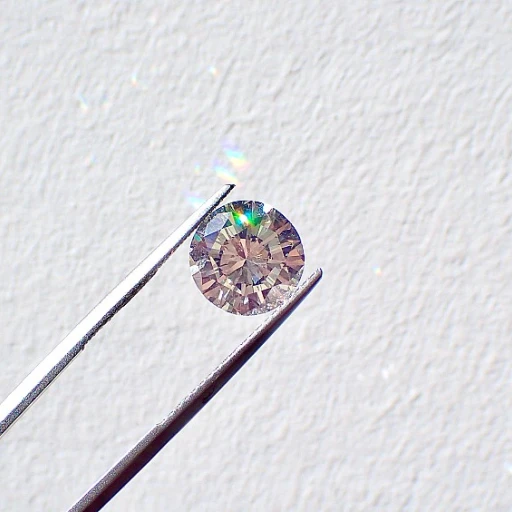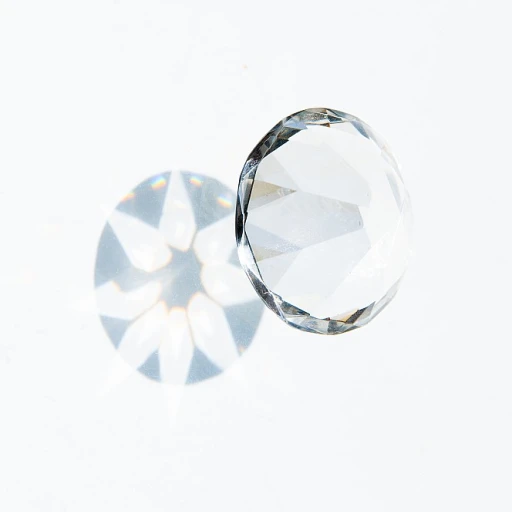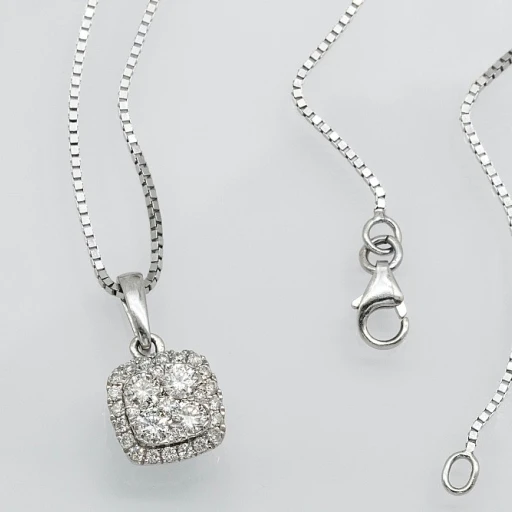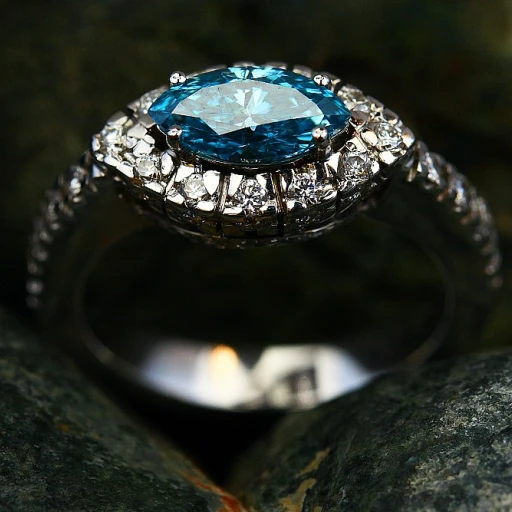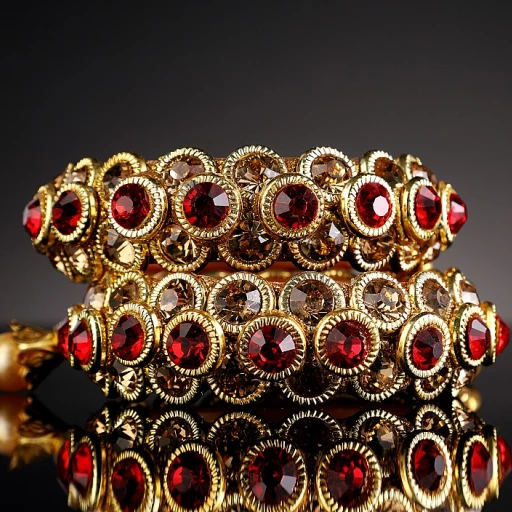
Understanding the Contour Wedding Band
The Allure of a Curve: An Introduction to Contour Wedding Bands
Contour wedding bands embody a unique blend of elegance and functionality, making them a preferred choice for many soon-to-be brides and grooms. As the name suggests, these bands are designed to contour or curve around the engagement ring, forming a seamless, cohesive look on the finger. Whether crafted in yellow gold, white gold, or the increasingly popular rose gold, contour bands offer a tailored fit that elevates the overall aesthetic of your wedding set.
In the realm of fine jewelry, contour bands not only highlight the beauty of a single diamond or gemstone on the engagement ring but also enhance the sparkle of the entire ensemble. The diamond contour band style is particularly celebrated for its ability to accentuate the engagement piece's central gem, drawing attention to its brilliance while maintaining a harmonious design.
Another vital aspect is the diversity of materials and cuts available. From lab-grown diamonds that offer an ethical choice at a more accessible price, to classic cuts like the chevron design that lends a modern touch, the options are endless. This versatility extends to shipping and shopping ease, with many offerings ready to ship directly from trusted jewelers.
For those exploring new traditions, contour wedding bands cater to individual tastes, whether you prefer the timeless appeal of band yellow gold or the sophisticated allure of band white gold. Visit our in-depth article to discover the symbolic significance behind these choices in "the allure of the Star of David ring".
Craftsmanship Behind the Curves
Artistry and Precision in Every Curve
The craftsmanship behind the curves of a curved wedding band is an enchanting aspect that deserves admiration. Each contour band is a testament to the skill of artisans who meticulously shape the band to hug the engagement ring snugly. This seamless embrace allows the band to showcase the engagement ring's beauty while enhancing its appeal. Creating such a band requires a deep understanding of the characteristics of the materials used. Whether it’s yellow gold, white gold, or rose gold, each material presents its unique challenges and benefits. For instance, a diamond contour band crafted in white gold exudes a classic elegance, while one made from rose gold offers a more contemporary flair. Regardless of your choice, artisans ensure that the band complements the central diamond perfectly. The precision involved in cutting and shaping these bands ensures a perfect fit. The process begins by selecting either natural or lab grown diamonds, as both bring their own sparks of brilliance to the piece. Each diamond must be carefully chosen to sit, often in a chevron pattern, aligning with and accentuating the curve of the band. This way, the diamond band blends seamlessly with its curved structure, emanating a sophisticated charm. The intricate detailing doesn’t stop here. Artisans often use advanced techniques to engrave subtle motifs or to add texture to the band, making each piece a unique work of art. With modern technology, experts offer bands ready to ship, yet still embedded with the individuality of handcrafting. Thus, owning a contour wedding band is not just about wearing beautiful jewelry; it’s about appreciating the fine artistry and dedication poured into every bend and curve. For those intrigued by the idea of personalized elegance, exploring elegance with a lotus-inspired engagement ring may pave the way for design inspiration and further transformation of your cherished pieces.Choosing the Perfect Contour Band for Your Engagement Ring
Matching the Contour with the Ring's Style
When selecting a contour wedding band that seamlessly complements your engagement ring, consider the shape and style of the stone. A band that pairs well with a cushion-cut diamond might not suit a marquise-cut. Each cut presents unique aesthetic demands—#diamond #rings require thoughtful consideration to ensure harmony.Material Matters: Beyond Aesthetics
Choosing between #yellow #gold, #white #gold, or #rose #gold affects both the visual appeal and the longevity of your contour band. When adorned with a #grown diamond or other precious stones, the #band #yellow or #band #white enhances the natural luster. The choice of material can significantly influence the #price, making materials like gold popular for its timeless elegance and durability.Complementary or Contrast?
A successful pairing between your engagement and contour #bands is not solely based on similarity. For some, the allure lies in contrast—a #band #white against a yellow diamond creates a striking look. Others opt for a uniform metal, such as a #wedding #band #rose to echo a rose gold engagement setting. Finding the right balance is essential.Try Before You Decide
Before making a final decision, visit your jeweler to #shop and #view multiple options against your engagement ring. Seeing these pieces together in person can clarify the interplay of #shape, color, and style. Many jewelers offer a "#ready #ship" service for those confident in their choice, streamlining the process. Remember, your contour #wedding #band is not just a complement to your engagement ring but a statement of your style and commitment. For more insights on selecting jewelry, explore the gold similarities and contrasts and how they can create a stunning harmony with your existing collection.Trends in Contour Wedding Bands
Embracing Modern Attention: Popular Picks in Contour Bands
The ever-evolving world of fine jewelry is seeing a surge in the popularity of contour wedding bands. Unlike the traditional straight bands, these elegantly crafted bands are designed to perfectly complement the unique shape of your engagement ring. Contemporary designers are constantly redefining trends, focusing on both the visual and intrinsic qualities that make a contour band truly special. Whether it's the timeless appeal of diamond-studded curves or the subtle shimmer of a simple gold arc, the choices are abundant. A few standout trends currently capturing the attention of brides-to-be include:- Chevron Designs: These intricate designs with a V-shape are perfect for those who appreciate bold aesthetics. Chevron contour bands encase the engagement ring elegantly, providing a sharp yet sophisticated look.
- Metal Variations: While yellow gold and rose gold remain perennial favorites, white gold is a trending option for those wanting an understated, classic look. The variation in metals allows for a multitude of personal expressions.
- Lab Grown Diamonds: More and more couples are opting for lab-grown diamonds. These diamonds offer the same stunning brilliance as natural stones but come at a more accessible price point, making luxury attainable.
- Mixed Metals Bands: Mixing metals, such as combining white gold with bands of yellow or rose gold, creates a distinctive style that attracts attention for its uniqueness and elegance.
Caring for Your Contour Wedding Band
Taking Special Care of Curved Beauties
When it comes to maintaining the elegance of your contour wedding band, proper care is crucial. Each curve and line in your band carries the sophistication of craftsmanship that deserves to be preserved for a lifetime.- Regular Cleaning: The delicate curves of your band, whether in classic yellow gold, sophisticated white gold, or enchanting rose gold, might collect dirt and dust easily. Regular cleaning with a soft cloth and mild jewelry cleaner can maintain its shine and brilliance.
- Safe Storage: When your ring isn’t on your finger, keeping it stored safely is imperative. Consider a dedicated jewelry box where your band can avoid scratches from other pieces. This is particularly important for bands with delicate chevron designs or intricate diamond patterns.
- Inspection and Maintenance: Over time, even meticulously crafted bands with lab grown diamonds or intricately set stones may require professional inspection. A jeweler can ensure that your ring's settings are secure, and any potential wear and tear is addressed before significant damage occurs.
- Mindful Usage: Everyday activities can expose your ring to potential harm. Consider removing your band when engaging in rigorous activities or when working with chemicals that might tarnish the metal or damage the stones.
